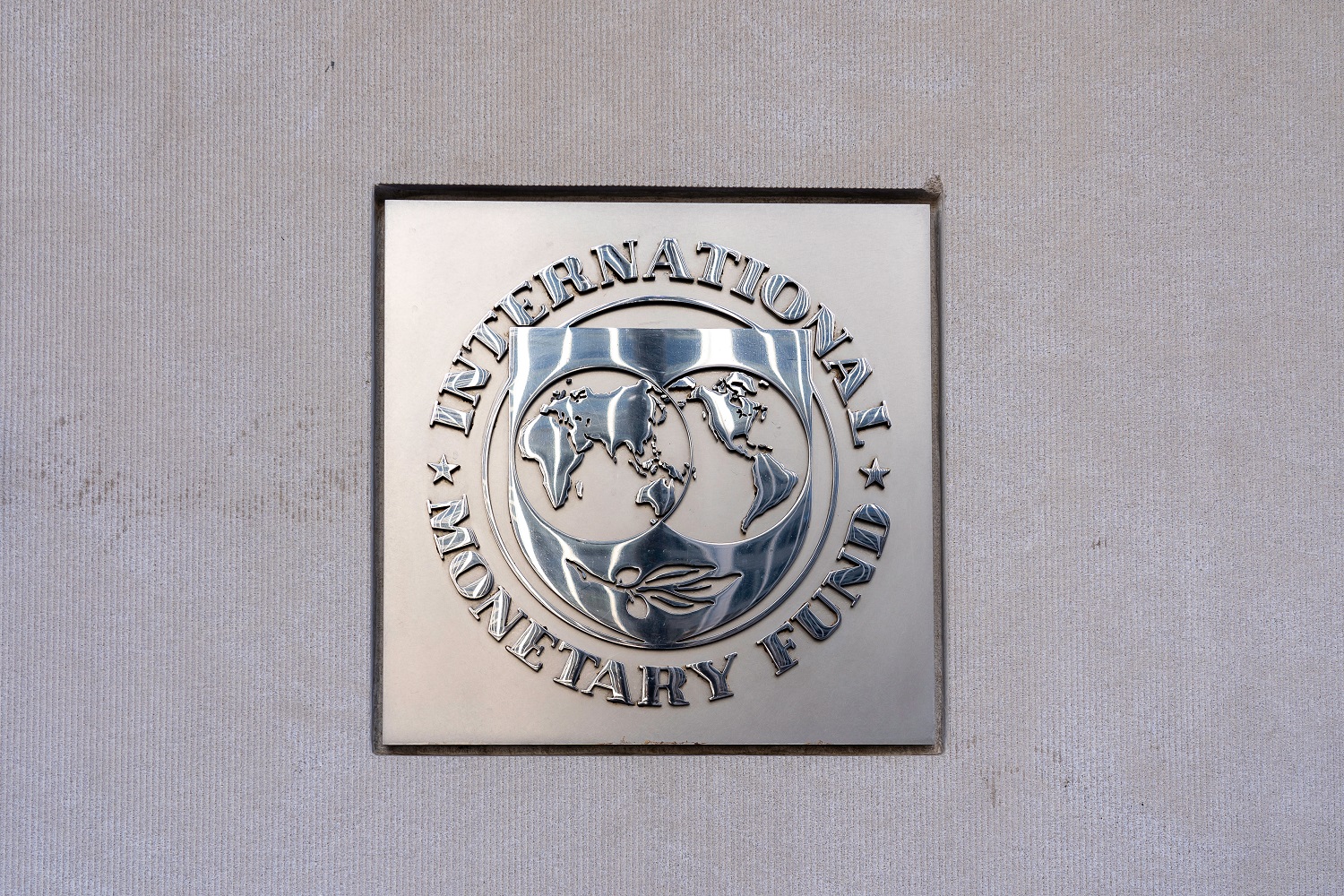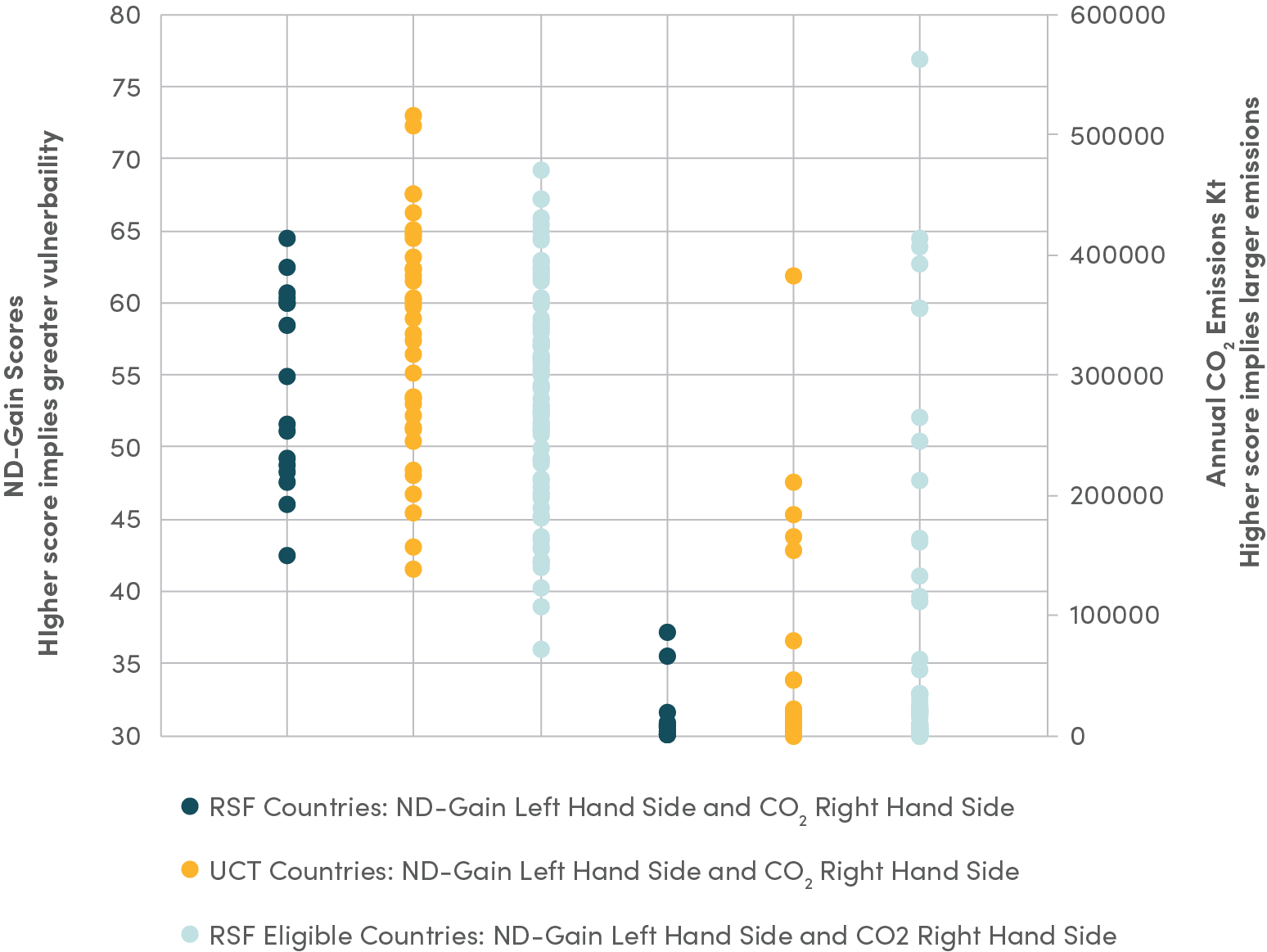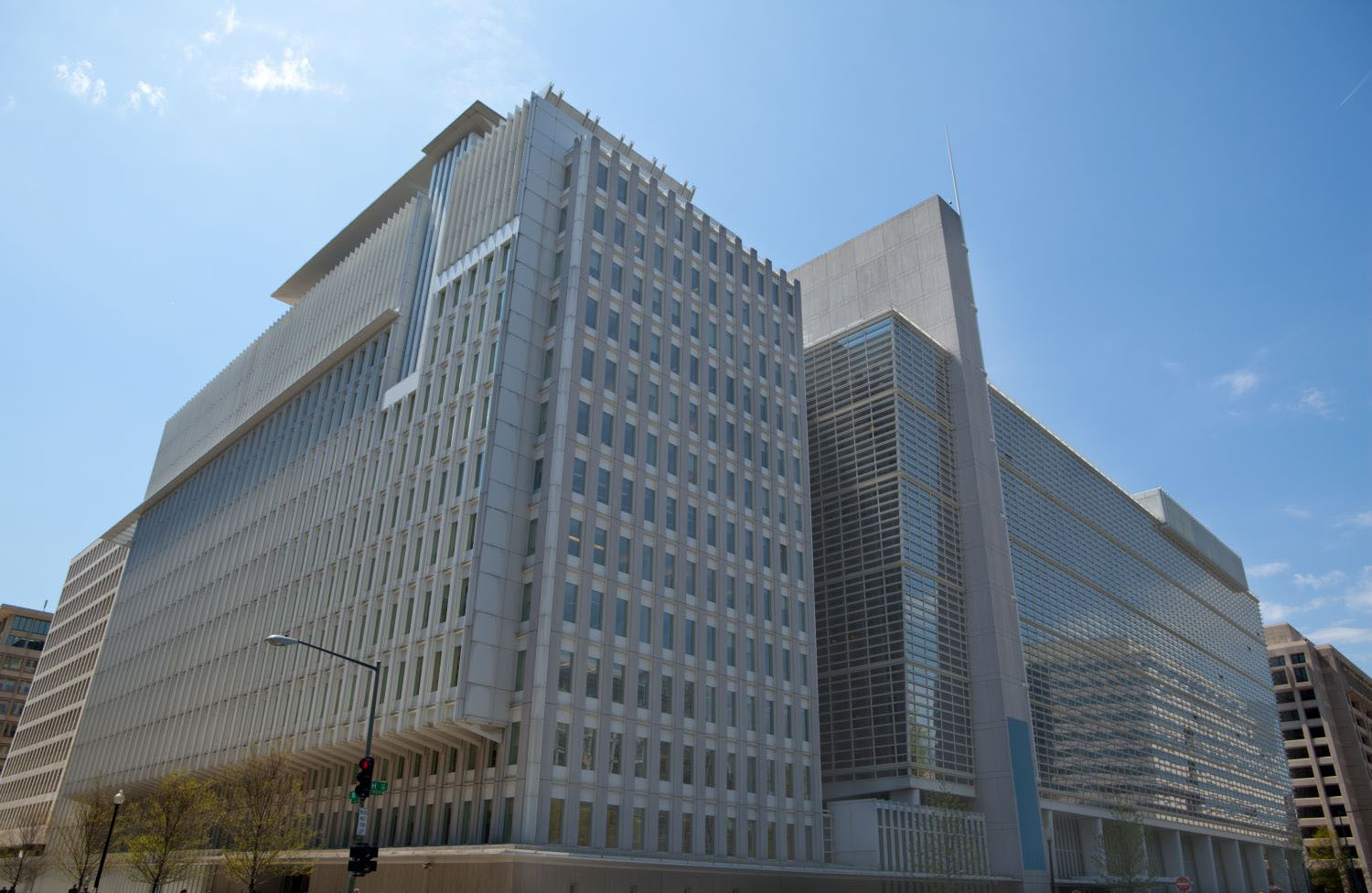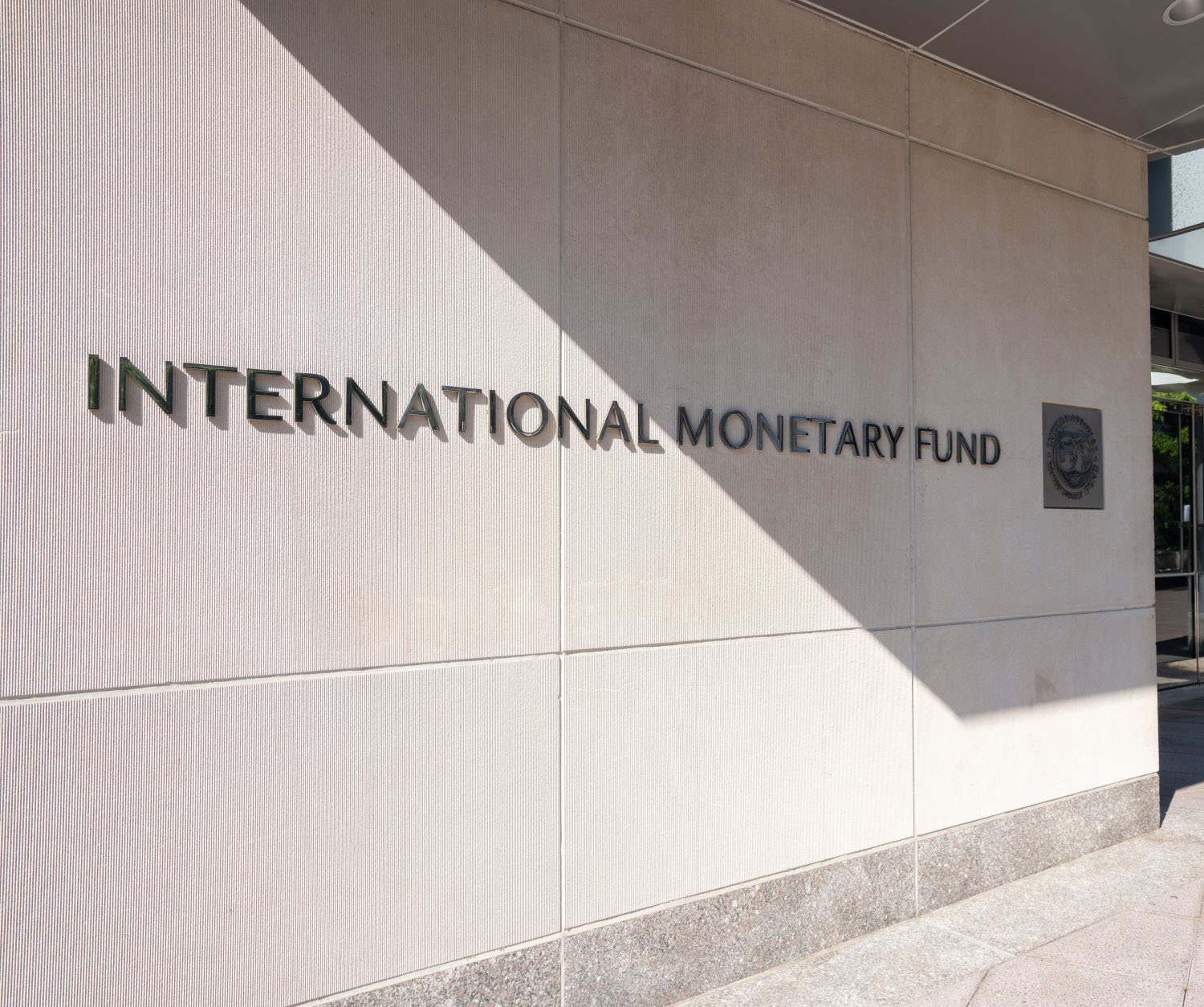Recommended
In an earlier paper (and blog) published in March, we assessed the initial five programs supported by the IMF’s the Resilience and Sustainability Trust (RST), a new financing vehicle designed to help countries address climate change and pandemic preparedness. Among our findings, four stood out. Firstly, program measures did not appear sufficiently ambitious to ensure the achievement of the underlying objectives. Secondly, inclusion of reform measures in the programs would be more robust if there were increased provision of diagnostics by international financial institutions and other stakeholders. Thirdly, it would be beneficial for countries to identify climate-related investments as a proportion of their overall public investments, providing a clearer measure of their commitment to climate transition. Finally, future programs should not overlook the necessity of assisting countries to prepare for impending pandemics, in addition to climate change.
Since our initial assessment, the IMF has approved five additional programs for Kenya, Kosovo, Niger, Senegal, and Seychelles under the Resilience and Sustainability Fund (RSF), the facility that is backed by the RST. The purpose of this post is to evaluate whether the second batch of programs addressed the points raised above, while recognizing that implementing changes in program design takes time. Our conclusion is that while the second batch of RSF programs shows improvements, they still fall short of the ambitious goals set by the facility.
Second batch vis-à-vis the first batch
Overall conditions
The new RSF programs share both similarities and differences with the previous ones. The median number of reform measures (10) in new RSF programs closely resembles the prior batch. Nevertheless, there is continued emphasis on public financial management reforms (including public investment management) as well as climate mitigation and adaptation in the recent programs.
Table 1. Key climate action areas in five recent RST-supported programs
|
Country |
Climate Adaptation |
Climate Mitigation |
Climate Finance |
Public Investment Management |
Public Financial Management |
|---|---|---|---|---|---|
|
Kenya |
2 |
2 |
1 |
1 |
3 |
|
Kosovo |
0 |
8 |
0 |
0 |
0 |
|
Niger |
4 |
1 |
0 |
3 |
3 |
|
Senegal |
3 |
1 |
0 |
2 |
3 |
|
Seychelles |
1 |
3 |
5 |
1 |
1 |
|
Total |
10 |
15 |
6 |
7 |
10 |
Measure depth
Some progress is noticeable in the depth of reform measures within the second batch of RSF programs, that is, strength of measures to bring about a permanent change in support of climate transition. There is a slight increase in high-depth measures in the fiscal domain and a greater prevalence of medium-depth measures among non-fiscal reforms. Nonetheless, they still do not match the depth of fiscal measures observed in programs supported by IMF’s Poverty Reduction and Growth Trust (PRGT) from 2008-2019. In those programs, 40 percent of fiscal measures were of medium-depth, and 12 of percent high-depth measures, suggesting there is room for improvement in RSF programs.
Figure 1. Structural conditions/reform measures (SC/RM) by depth
The batch contains two countries (Kosovo and Niger) which are classified by the IMF as fragile and conflict-affected states. These countries share the characteristic of having weak administrative capacity and institutions. Consequently, Niger’s RSF reform measures primarily exhibit low depth, with more than half focused on public financial management improvements. In contrast, Kosovo’s measures are split between high and medium depth, reflecting its stronger capacity, and all center around climate mitigation.
The overall number of conditions in the new batch of RSF-supported programs has either decreased or remained stable in four out of the five countries. Thus, there is an effort to be parsimonious with IMF conditionality in the newer programs.
Availability of diagnostics
Progress in providing diagnostics by different stakeholders is better than in the first batch of programs. In the second batch of programs, Kenya, Senegal and Seychelles have undergone the IMF’s Climate Public Investment Management Assessment (C-PIMA), while Niger benefited from the World Bank’s Country Climate and Development Report (CCDR). Kenya has also benefited from the IMF’s Climate Policy Diagnostics. Kosovo is presently undergoing C-PIMA and CCDR. Considering the IMF’s call for scaling up RSF lending and expanding the RSF resource base to cover more countries, the pace of delivering diagnostics would need to be accelerated by allocating more resources to this activity.
Pandemic preparedness
Like earlier RSF programs, recent programs do not contain any measures to prepare countries for future pandemics, suggesting that these countries also believe that another pandemic is not imminent. This contrasts with studies suggesting that the likelihood of another pandemic is not low. Additionally, government health sector expenditures in these countries range between 2 and 3 percent of GDP, significantly lower than on education. These countries should take the opportunity to incorporate the lessons learned from the COVID-19 crisis and act to be better prepared in the future.
In conclusion, although the second batch of RSF programs displays improvements, they still fall short of the ambitious goals set by the facility. In particular, the depth of reform measures requires further attention and more resources would need to be allocated to diagnostics to keep up with the increasing number of programs being negotiated with countries. At the same time, RSF programs cannot continue to overlook the necessity of preparing for future pandemics. Undoubtedly, these matters will surface in the forthcoming IMF review of the RSF.
We wish to thank Benedict Clements for helpful comments on an earlier version of the blog.
Disclaimer
CGD blog posts reflect the views of the authors, drawing on prior research and experience in their areas of expertise. CGD is a nonpartisan, independent organization and does not take institutional positions.






